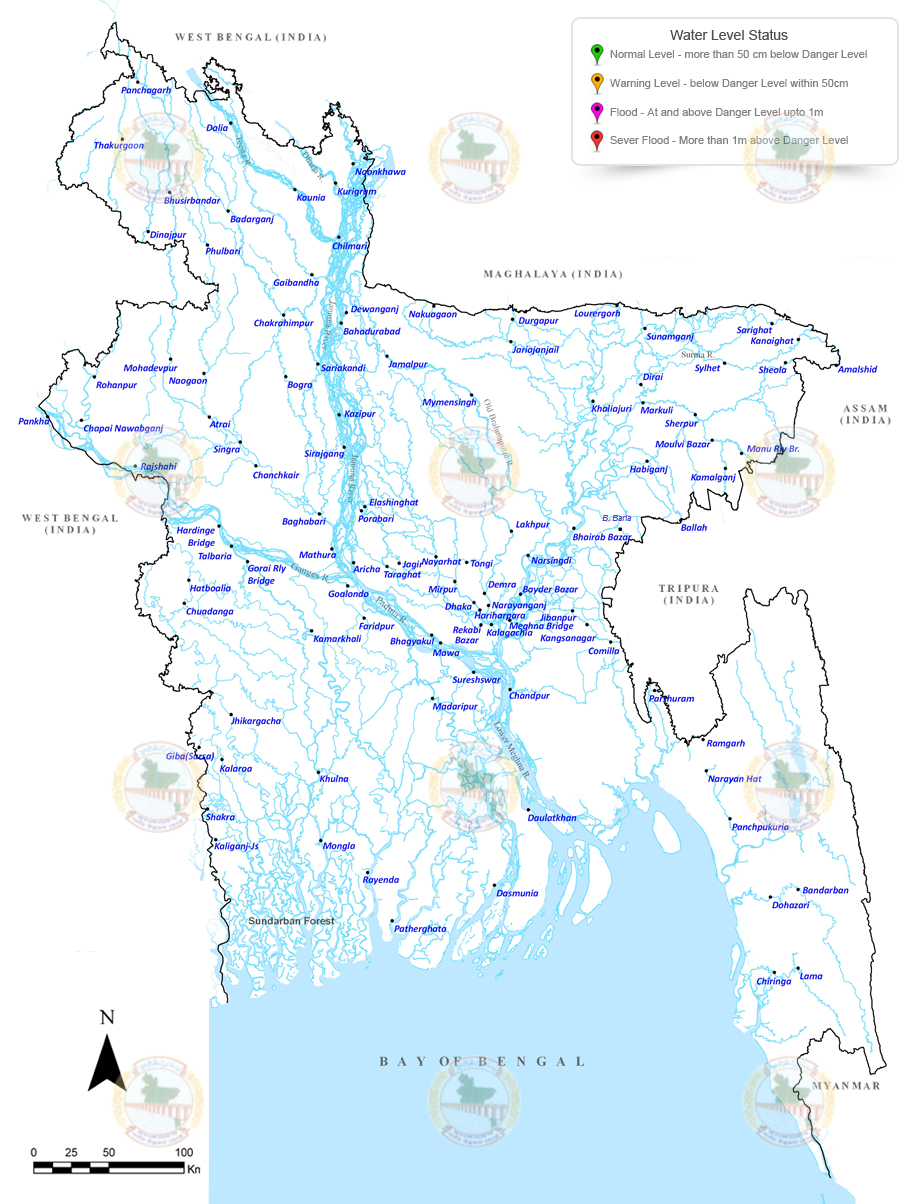
Fresh spell of flood mars Aman prospect in N dists
'It's a final nail in farmers' coffin'
Yasir Wardad | Sunday, 20 September 2020
Yet another spell of flood---the fourth in three months--- gripped several northern districts during the last few days, ruining completely the prospect of Aman rice and early winter crop farming this year.
The floods triggered by heavy rains and onrush of upstream water have inundated many areas in 12 districts under Rangpur and Rajshahi divisions in the last four days. The rivers Dharala, Brahmaputra, Jamuna and Gur rivers have either crossed the danger mark or about to cross it.

The northern region first saw the onset of floods on June 26 this year.
The Teesta continued to swell in Nilphamari, Rangpur and Lalmonirhat and so did the Brahmaputra in Kurigram.
These rivers might cross their danger marks within one or two days amid downpours and onrush of upstream water, said the Flood Forecasting and Warning Centre (FFWC).
On Saturday morning, the FFWC forecast that the water level in the Teesta, Brahmaputra and Jamuna would rise in the next two days, aggravating the flood situation in the region.
The water level in the Padma basin might also rise during the period while the water level in the upper Meghna basin might remain static, it added.
According to the FFWC data, Dharala, Jamuna and Gur rivers in Kurigram, Bogura, Sirajganj and Natore districts were flowing 7.0 cm to 15 cm above their danger marks on Saturday noon.
The River Betna at Kalaroa in Satkhira also crossed the danger mark on the day.
The Bangladesh Water Development Board (BWDB) said more than 0.12 million hectares of land in 12 districts under Rangpur and Rajshahi divisions have been inundated since Wednesday morning.
The ongoing floods have been causing immense sufferings to farmers who were making a third attempt to plant Aman seedlings in Nilphamari, Gaibandha, Rangpur, Lalmonirhat, Kurigram, Jamalpur, Bogura, Sirajganj, Natore and Naogaon districts.
The sudden flooding has left onion and early winter vegetable growers in trouble in some districts, sources said.
However, the Department of Agricultural Extension (DAE) is yet to assess the loss and damage caused by this fourth spell of flooding.
The last three spells of floods that took place in 37 districts between June 26 and August 31 damaged crops on a total of 0.258 million hectares of land, according to the agriculture ministry.
And 1.4 million farmers incurred losses worth over Tk 15 billion during the period.
Economist Prof Golam Hafeez Kennedy termed the recent flooding in the north as the final nail in the farmers' coffin.
The farmers made their third attempt to plant Aman seedlings in the region, he said, adding that if the flood waters don't recede within two or three days, most Aman crops might be damaged.
He also said this is the peak time for the production of early winter vegetables, potato and onion. The fresh floods might affect their production, thereby leading to further price hike of such produce.
In the last one month, rice prices witnessed an increase of 10-22 per cent, vegetable 70-100 per cent, potato 33-34 per cent and onion 100-167 per cent, according to the Trading Corporation of Bangladesh and the Department of Agricultural Marketing.
tonmoy.wardad@gmail.com